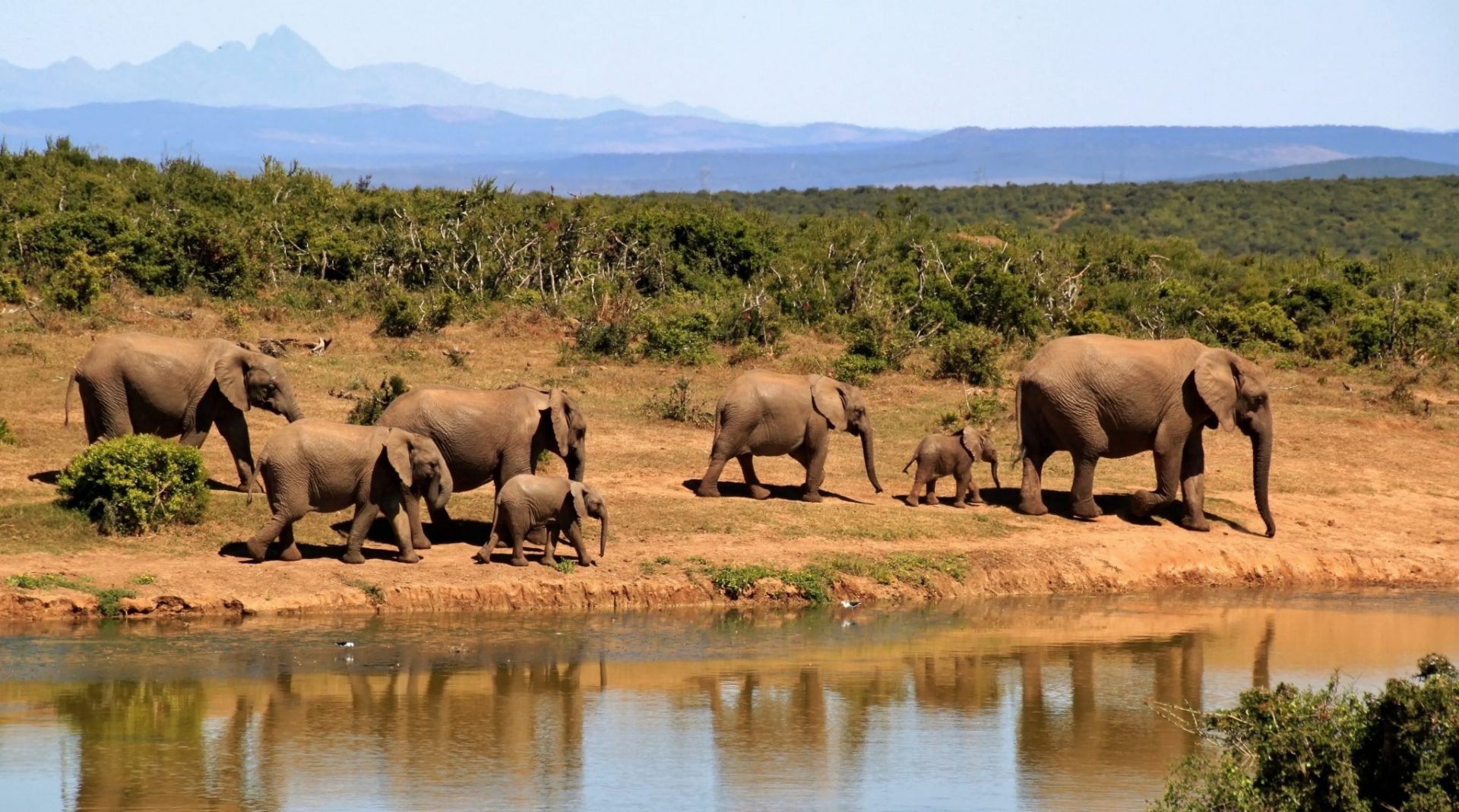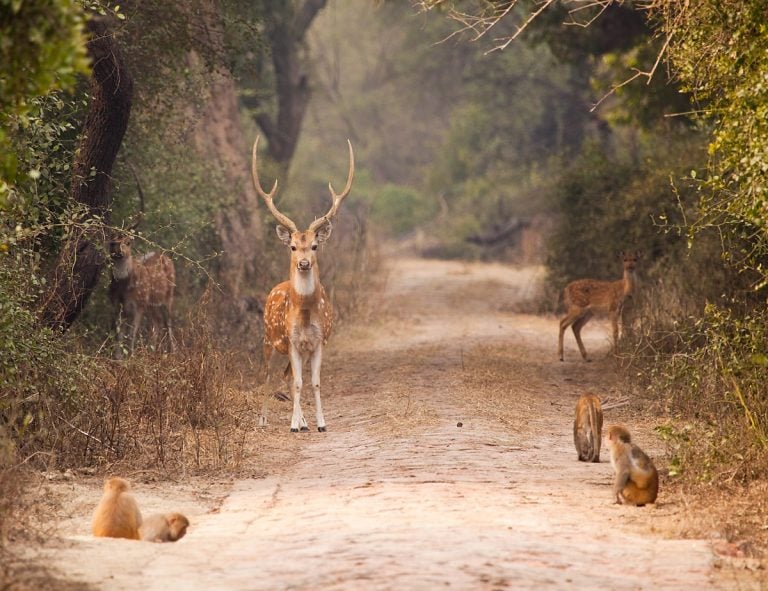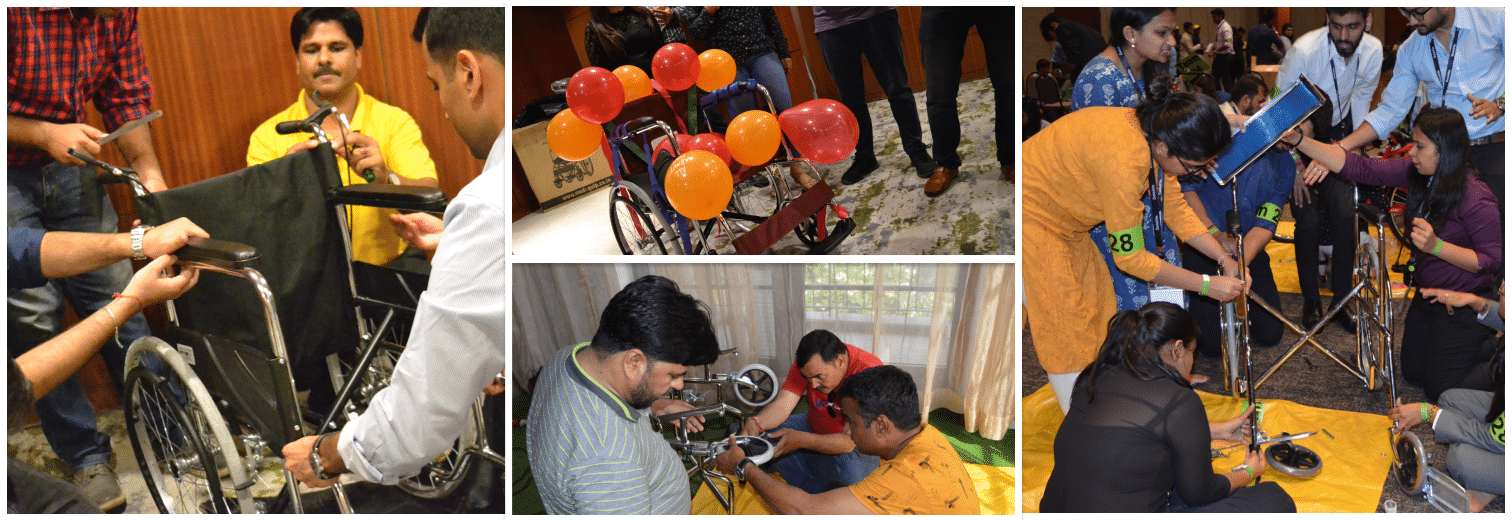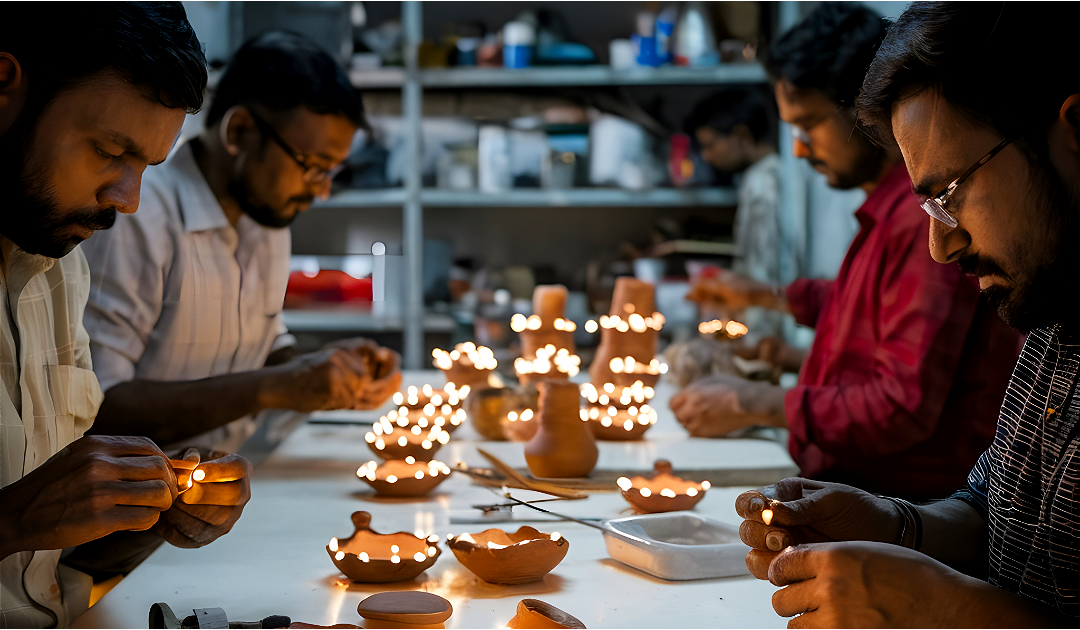People tend to learn better when all their senses are involved. That is why we use visual media like photos and videos extensively in our work at FocusU. My personal passion for photography finds an outlet in this very space. It allows me to connect the dots between nature, learning, and the lessons that unfold in between.
It all began about four years ago when I bought my first DSLR camera. That single decision sparked a lifelong love for the art and science of photography. From babies to birds, from cobbled streets to wild tigers, the camera has become my lens to observe life as it truly is. But the area that inspires me most is wildlife photography. Not only does it give me a chance to witness animals in their natural habitat, but it also offers a rare privilege of sharing space with them. Being in the wild shifts something in you. It makes you more aware. More humble. More connected.
This passion has taken me across India’s most iconic national parks. From the wetlands of Bharatpur to the tiger territory of Ranthambhore, from the hills of Bandhavgarh to the mangroves of Sundarbans. Each jungle has its own texture, scent, and rhythm. Each safari becomes more than a search for wildlife. It becomes a meditation in observation.
A Moment of Reflection
Table of Contents
While browsing through my old collection of photographs recently, I was flooded with memories. I remembered the bird that once perched casually on my hand. The snake that paused long enough to strike a pose. And those tense moments when a wild elephant blocked our way or a blind wild boar came charging at us. These were moments of thrill, yes, but also deep insight.
Somewhere during this mental journey, my thoughts took a turn. I started reflecting on my work with corporate teams at FocusU. Words like collaboration, trust, bonding, and resilience began echoing in my head. It made me ask: “Are there team lessons that we can learn from the wild?” The answer was a resounding yes.
Lesson 1: One Face to the Outside World

During a winter morning safari in Ranthambhore, when temperatures had dropped to near freezing, I saw something unforgettable. A group of langurs huddled together, wrapping their arms around each other for warmth. These were the same monkeys that had been squabbling the previous evening. Yet in the face of external challenge, they showed a united front.
That moment taught me something profound. Being a team does not mean the absence of conflict. It means the presence of unity when it matters most. In corporate settings, disagreements are inevitable. But how we show up to clients, stakeholders, or crises must reflect cohesion, not division. Trust is not the absence of friction. It is the ability to move forward despite it.
Lesson 2: Trust and Common Language
Langurs live in constant threat of predators. Their survival depends not just on agility but also on communication. Whenever one of them spots danger, it lets out a distinct call. This call is not evaluated for credibility. It is not cross-verified. The entire group trusts the signal and acts instantly.
I witnessed this during a sighting where a group had come down to drink from a waterhole. One sound from a member, and the entire troop vanished. Nobody stopped to confirm whether the call came from a leader or a novice. That trust was implicit.
This kind of trust is rare but essential in teams. In the military, it is common. You act because your team depends on it. In the workplace, however, we often wait for hierarchy or data validation. But speed and safety often rely on shared codes and unspoken trust.
L&D leaders can ask themselves: Do our teams share a common language of collaboration? Do we trust each other enough to act swiftly without endless approvals?
A useful tool to help teams build such trust is FocusU’s Team Building Programs. Through experiential learning, participants discover what trust looks like in action.
Lesson 3: Collaboration Across Species
One of the most surprising alliances in the wild is between Hanuman langurs and spotted deer. These two very different species have learned to collaborate for mutual survival. While langurs are excellent at spotting danger from the treetops, deer have an edge in detecting ground-level threats. Both use the same warning call.
During one of my safaris, I saw this collaboration firsthand. A langur spotted movement in the grass and let out a call. The deer responded. Sometimes, the deer would make the call, and the monkeys would take heed. This is not just communication. This is co-evolution. A partnership built on shared risk.
In the business world, this is the equivalent of cross-functional collaboration. Different departments or partner organizations often bring different strengths. The real question is whether they are willing to co-create, or whether they operate in silos.
The book The Power of Co-Creation by Venkat Ramaswamy and Francis Gouillart speaks to this. It explores how innovation and agility flourish when companies engage their stakeholders, partners, and even customers in designing solutions together.
A parallel from our work is FocusU’s Design Thinking Workshops. These programs help teams break down silos, leverage collective intelligence, and innovate collaboratively.
The Final Reflection
Nature does not preach. It demonstrates. If we observe carefully, the wild offers timeless lessons in teamwork, trust, and collaboration.
Here are three questions I leave you with:
- Can your team project one face to the outside world, despite internal disagreements?
- Have you built a culture where trust and common language guide swift decisions?
- Are you open to collaborations across departments, functions, and partners?
In India, there is a common phrase used to describe someone being silly: “Mat ban langur.” But I would urge you to flip that thought. Ask instead, “Can my team be like the langurs?”
Observe. Reflect. Act. That is how the jungle survives. And perhaps, that is how our organizations will thrive.





